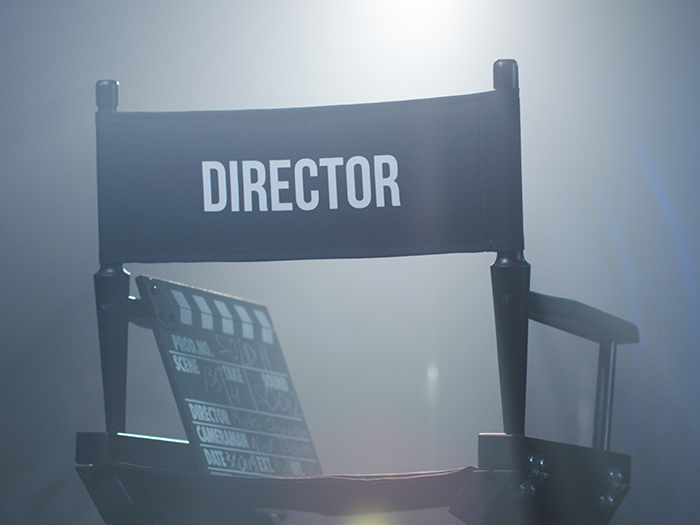What Are Your Drivers Up To? How GPS Tracking and Telematics Can Help Reduce Risk on the Road and Keep Employees Safe

Fears that auto telematics would impose Big Brother-style oversight on commercial drivers are fading according to some insurers that say GPS systems are growing in use and are gaining the confidence of users for their business vehicles or fleets.
In fact, the affordability and easy-to-install devices are making such monitoring systems that much more appealing to business owners looking to reduce auto risk and save costs related to their commercial auto policies.
Among the benefits businesses are finding are the ability to review driver behavior, discourage the misuse of company vehicles, as well as keep an eye on the wear-and-tear of each vehicle to get ahead of costly repairs.
Still, the drivers in these vehicles have their hesitations, but several insurance carriers are working with their clients to adjust and create GPS tracking systems that are useful, informative and still protect sensitive information of individuals behind the wheel.
One System Already at Play
Philadelphia Insurance, for instance, has offered its PHLYTRAC Telematics program for commercial drivers since 2016. It anticipates having 75,000 vehicles enrolled in the program by the end of this year.
The company estimates that at the point when the program was used by 50,000 vehicles and had covered 500 million miles, it led to a 19% decrease in loss frequency compared to other policyholders that aren’t in the program.

Andrew Shockey, assistant vice president of risk management, Philadelphia Insurance
Andrew Shockey, assistant vice president of risk management for the company, said its driver-partners have begun to embrace the program.
“The program has grown steadily over the last five years,” he said. “Our clients and agency-partners have come to understand what the program is about and how it is administered.”
The GPS device is similar to a larger USB drive that clips into a vehicle without any professional installation needed. It only reads vehicle data, such as ignition on and off, braking and acceleration.
Shockey said users are enrolling in the program because they’ve learned it is only used for monitoring and because the company provides support rather than punishment when concerns arise about a driver’s behavior.
He said users have come to expect that support rather than a punitive attitude from the company.
“We own the Big Brother moniker if you will,” he said. “It’s a Big Brother that looks out for you, cares for you, protects you and walks with you. It’s not the Big Brother that you have to fear.”
Where’s My Data Going?
Privacy concerns, however, are real.
The National Association of Insurance Commissioners (NAIC) reports some states have enacted legislation requiring disclosure of tracking practices and devices. In addition, some insurers limit the data they collect.
The idea that an auto telematic system could be hacked is another concern for some customers, but Shockey said that cannot happen with the system.
“It is not possible to control the vehicle through the device,” he said. “It doesn’t send information to the vehicle. It’s a one-way device.”
The system flags when a car is turned on outside of business hours, for instance, or when a driver brakes hard or speeds excessively. In such cases, the system sends an alert by email or text to the driver-partner and to the insurance company.
That alert triggers a conversation with the business that owns the vehicle about the driver behavior.
Philadelphia Insurance said the company will call customers to discuss the alert and respond with a range of support, including driver training and sample policies and procedures that a customer may adopt.
Time to Install
When a business decides to install the system, which is offered at no additional cost, the insurance company will ship the device and, if needed, help the company tell employees why it is installing the system.
“We explain, ‘Hey this is why the vehicles are now equipped with GPS,’ ” Shockey said.
“It’s not because we didn’t trust you beforehand. It’s because we care and because the most valuable asset in any organization is its people.”
Shockey added the program allows employers to address unacceptable driver behavior before it becomes an accident.
“It enables employers to respond proactively to behaviors that they do not appreciate in their vehicles and that are not consistent with their mission,” he said.
In response to Big-Brother type concerns, he added that drivers should understand data on driver behavior is already being tracked by black boxes installed by manufacturers in all vehicles and are used after the fact to help determine a manufacturer’s liability in an accident.
More Examples of GPS Tracking at Work
Another company that has more gotten into offering auto telematics for commercial lines more recently is Nationwide.
The Vantage 360 Fleet brand, as one of its commercial auto telematics programs is called, is a mobile app/tag solution, geared to small business customers.

Pete Frey, assistant vice president commercial lines emerging capabilities, Nationwide
It launched in 2019 and is available in most states at no cost to the small business customers that enroll.
Customers can get up to a 10% discount for taking part in the program that offers basic fleet and driver tracking, distracted driver monitoring and driver rewards.
Another program started in 2020 for larger commercial business and agribusiness fleets is the Vantage 360 Premium Partner from Nationwide that provides more robust tracking, vehicle management and safety features such as dashcam capabilities.
Qualified customers receive a subsidy from Nationwide to help fund enrollment and onboarding into the program.
Though the programs are new and not mature in every geography, Pete Frey, assistant vice president commercial lines emerging capabilities, said the company has already collected nearly 35 million miles of data.
Though he does not yet have any statistics, he said the insurer is starting to see trends in improved driver behavior and a reduction in loss frequency.
“Customers appreciate the ability to help manage their fleets and their drivers, especially when dealing with numerous challenges in the commercial business space such as safety, rising costs and driver turnover,” Frey said.
“The data they receive, and the partnership from their insurance agent and carrier, can go a long way in helping them take care of their drivers and customers, as well as optimize their business.”
A program that has a longer history is the SmartRide program in Nationwide’s personal line that tracks driver behaviors to determine discount eligibility. It was started nearly a decade ago.
Nationwide also offers SmartMiles, a pay-per-mile program that was started in 2019 in seven states and offers a variable monthly rate based on miles driven. It was expanded to 40 states in 2020.
Kelly Hernandez, assistant vice president of personal lines at Nationwide, said the company unveiled a SmartRide Mobile app in September 2020 to show drivers when and how they were distracted by their phones, and the company is seeing a change in driving behavior.
“In less than a year, there has been a 10% reduction in everyday hand-held distractions among these drivers,” she said.
“The goal of providing feedback on phone use while behind the wheel is to increase drivers’ awareness of the frequency of this behavior and reduce crashes associated with distracted driving.”
Finding Success Through Such Systems
Shockey said the success of any auto telematics program is related to the support that is offered to a partner-driver.
When a driver’s misbehavior is flagged, he said “a company might be concerned about an insurance company finding out about that.”
But the insurance company’s goal is usually around helping to correct the problem.
“We don’t care what the distraction is,” he said. “It’s the symptom we look to deal with. Our policy holders feel supported versus punished in this effort.” &










